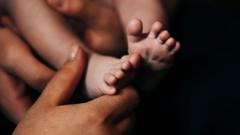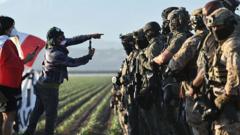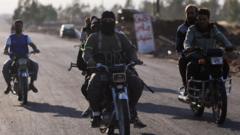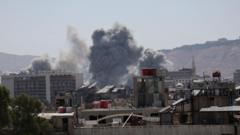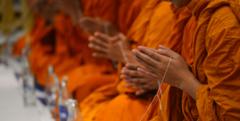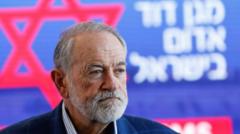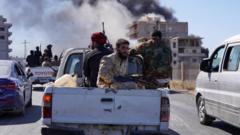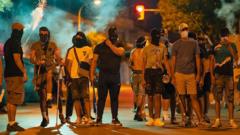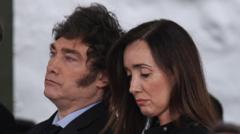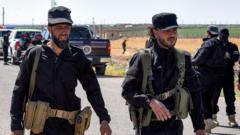In Kathmandu, Nepal, a resurgence of pro-monarchist demonstrations turned violent, resulting in two fatalities and numerous injuries. Protesters demand a constitutional monarchy and the return of Gyanendra Shah, prompting government-imposed curfews and military intervention.
Tensions Rise in Nepal as Pro-Monarchy Protests Lead to Violence

Tensions Rise in Nepal as Pro-Monarchy Protests Lead to Violence
Deadly clashes erupt during protests advocating for the return of the monarchy in Nepal, with calls for constitutional changes amidst political dissatisfaction.
At least two individuals have lost their lives and several dozens are injured following clashes between pro-monarchy protesters and security forces in Kathmandu, Nepal on Friday. Demonstrators, advocating for the re-establishment of Gyanendra Shah, the last king before the monarchy’s abolition in 2008, expressed their desire for a constitutional monarchy that respects Nepal’s Hindu identity within a parliamentary democracy.
According to Dinesh Kumar Acharya, a spokesman for the Nepali police, the fatalities include a protester shot during the unrest and a television journalist who perished after a building was set ablaze by angry demonstrators. Furthermore, reports indicate that around 30 civilians and 40 police officers sustained injuries during the violent encounters.
In response to escalating tensions, the government has enforced a curfew in significant areas of the capital and called upon the army to assist in restoring order. The recent surge in monarchist protests stems from accusations that the current political parties, including Prime Minister K.P. Sharma Oli’s faction, have proven ineffective in addressing rampant poverty and navigating the nation's political crisis. As the situation unfolds, the future of Nepal's governance and public sentiment toward the monarchy remain profoundly in question.

